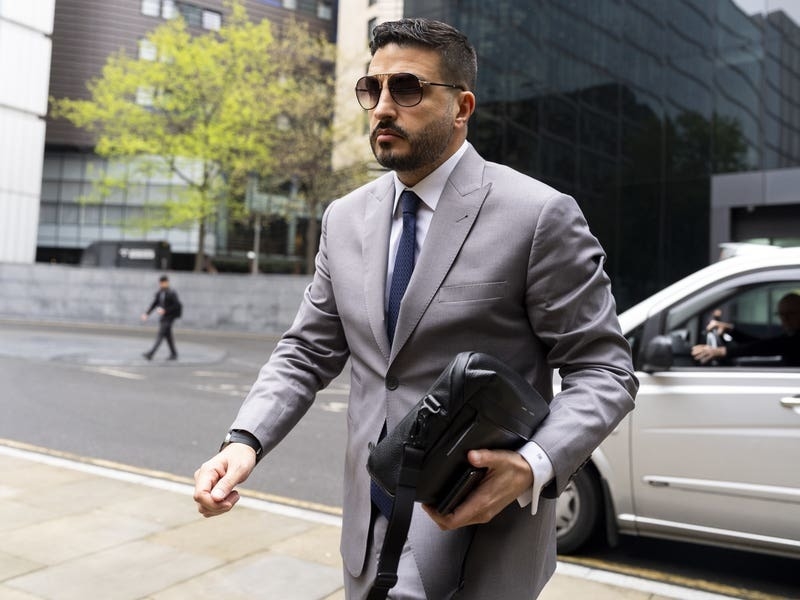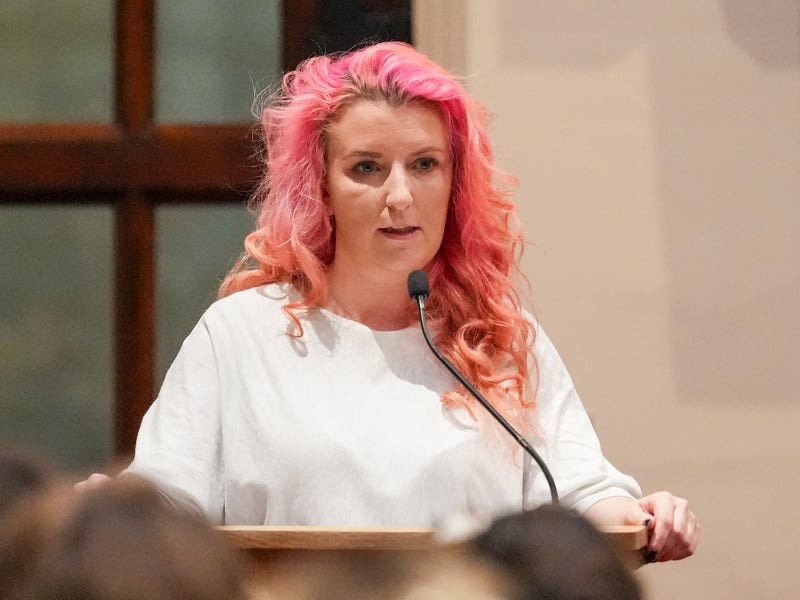I often begin my school workshops by asking how many teachers still favour the old ‘heads on desks’ or the more modern ‘heads down, thumbs up’ exercise as a way of calming down their class?
I’m aware that many younger teachers have never heard of this technique but was completely surprised when one newly graduated teacher said, with horror, ‘How barbaric!’
I explained that some teachers may have used this as a punishment in the past but the real reason for doing this exercise was to calm the class down and give the teacher some space and thinking time before her/his next lesson plan.
My aim, using yoga, was to energise, calm, balance and relax them at various stages, which they experience for themselves.
Training teachers how to use yoga successfully will not only help them build deeper connections with their students but can also help deal with their own stress levels.
- The poses
The instructions for the postures are as you would speak to a child. All poses will also stimulate the immune system. Hold each posture for 1-2 minutes.
Bellows breath – Energising. This opens the chest and allows for full expansion of the lungs and diaphragm.
Sit on your bottom, at the edge of your seat with your knees bent, feet on the floor hip distance apart
Sit tall, so your spinal muscles are working to support you.
Interlock fingers at the base of your head.
Breathe in through your nose as you move elbows out the side, expanding your chest and filling your lungs.
Exhale strongly through your mouth (as if blowing out the candles on your birthday cake), bringing elbows back to ears – encourage them not to stick their ribs out).
Cow Face Pose – Energising. This opens chest and front of shoulders, helps stabilise shoulder blades, prevents muscular imbalance in spine and shoulders, lengthens spinal muscles.
This pose gets its name as the ‘up’ arm is meant to resemble a cows ear while the lower arm is its tongue!
Sit on your bottom, at the front edge of your seat with your knees bent, feet on the floor hip-distance apart.
Take your left hand behind your back, working it up towards your neck, between your shoulders with your palm pointing away from your body (you can use your right hand to help).
Stretch your right arm up by your right ear.
Bend your right arm at the elbow and try to clasp your left hand (if this is not possible just grab hold of your top). One elbow pointing to the ceiling and the other to the floor.
Encourage them to hold the pose while breathing normally.
Change arms.
Note: Often one side will be tighter than the other but this will change with practice.
Tree Pose – Balancing. This strengthens legs and spine while withdrawing the senses.
Let the children know that to balance it’s best to stare at a spot/picture on the wall and ignore everything else around them.
Stand at the side of your desk with your feet together.
Bend your right knee coming onto the toes of your right foot.
Turn your right knee out to the side.
Balancing on your left leg place the sole of your right foot on your left calf.
Stretch your fingertips towards the ceiling keeping your arms in-line with your ears.
Repeat on the other side.
Downward-facing Dog – Calming, while slightly stimulating. This opens the chest, stretches the whole body, calms the brain while gently stimulating the nervous system.
Place your hands on a desk.
Keeping your arms straight step back until your heels start to lift off the ground.
Stretch your thighs back to the wall behind and stretch your heels towards the floor.
Keep your ears in line with your arms.
Camel – Energising. This opens the chest allowing for greater lung expansion and counteracts the constant closed-chest position of sitting at a desk.
Kneel in front of a chair with the chair seat touching your body and your knees directly below your hips.
Take your hands to the chair seat behind, then lower onto your elbows.
Keep lower legs to the floor and lifting your spine up and back.
Keep your shoulders away from your ears.
If your neck feels comfortable then look up towards the ceiling.
Resting the brain (heads on desk variation) – Calming.
Sit on your bottom, at the front edge of your seat with your knees bent, feet on the floor hip-distance apart.
Place your elbows on the desk with palms pointed towards the ceiling.
Let your forehead rest on the heel of your hand and close your eyes.
Keep shoulders away from your ears and focus on breathing in and out through your nose.






